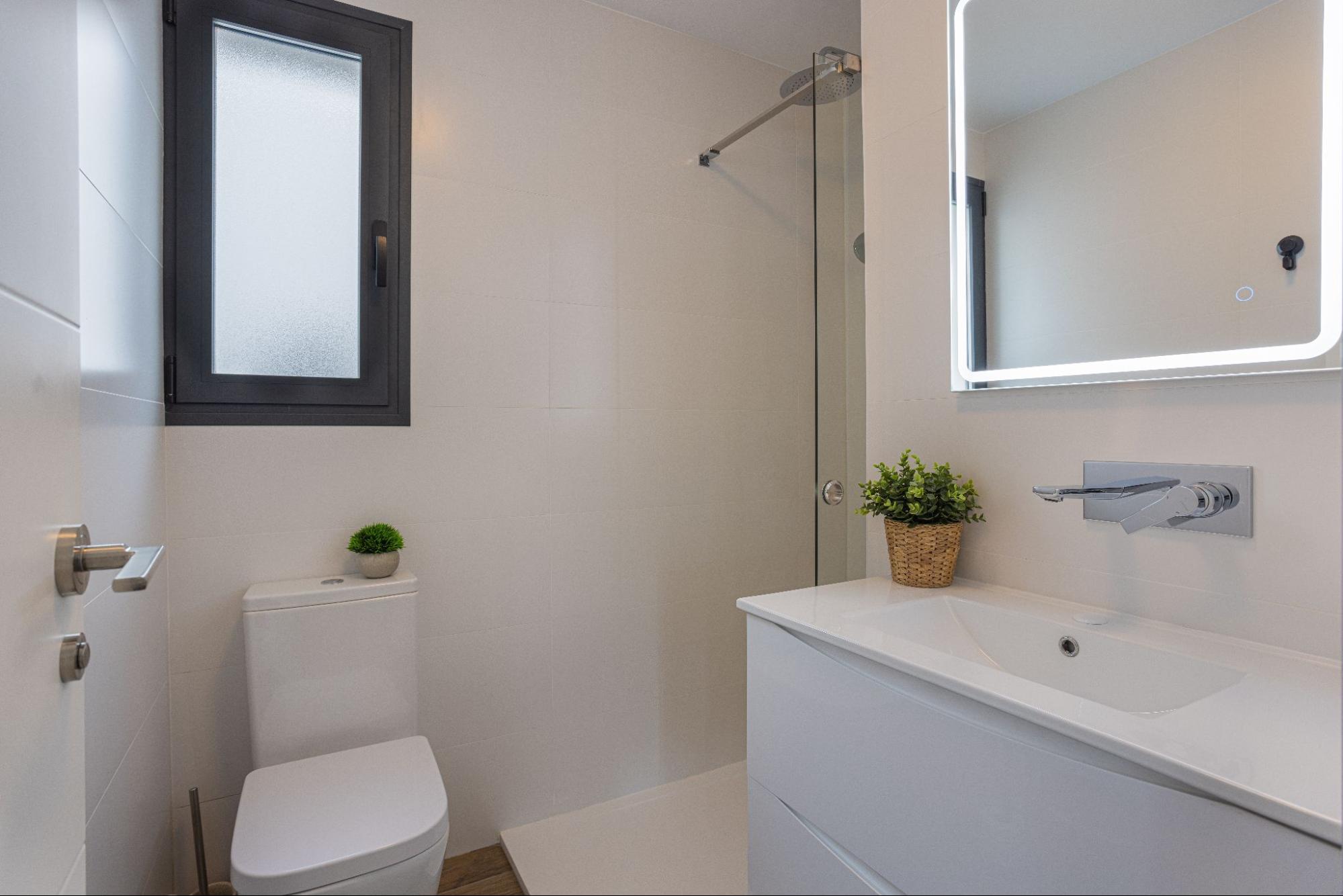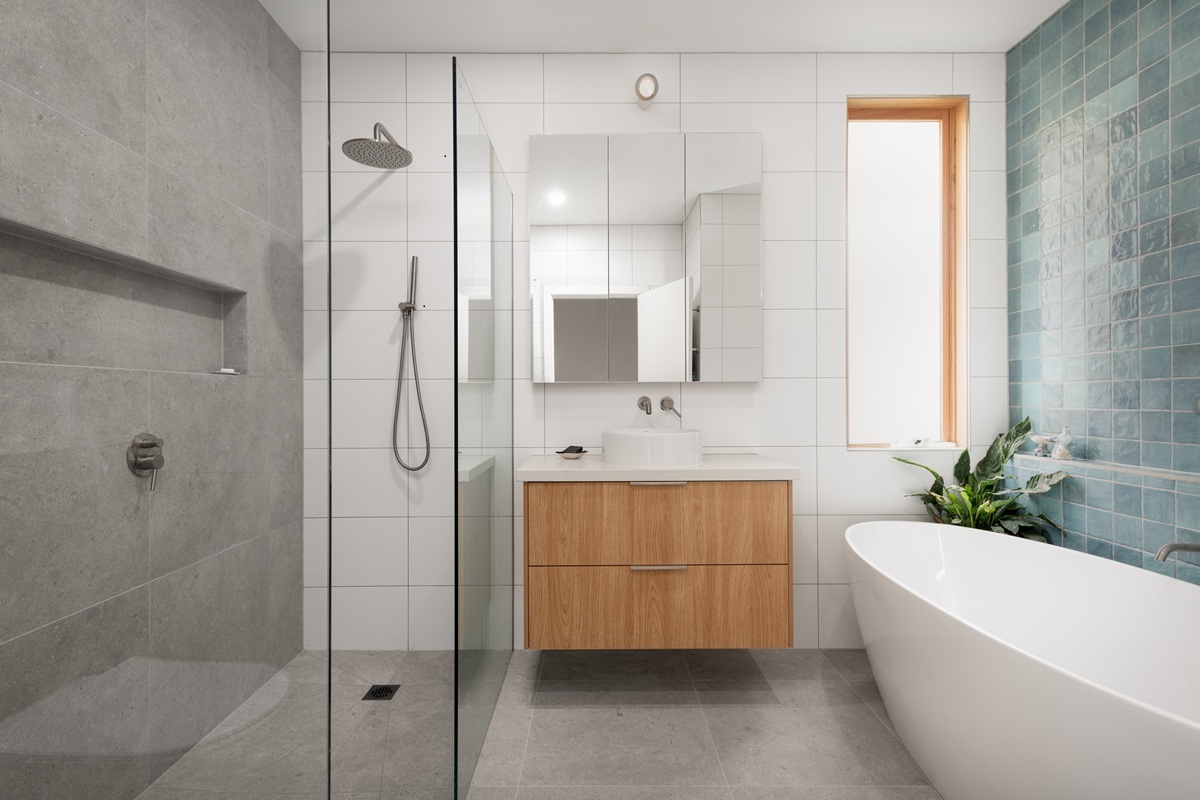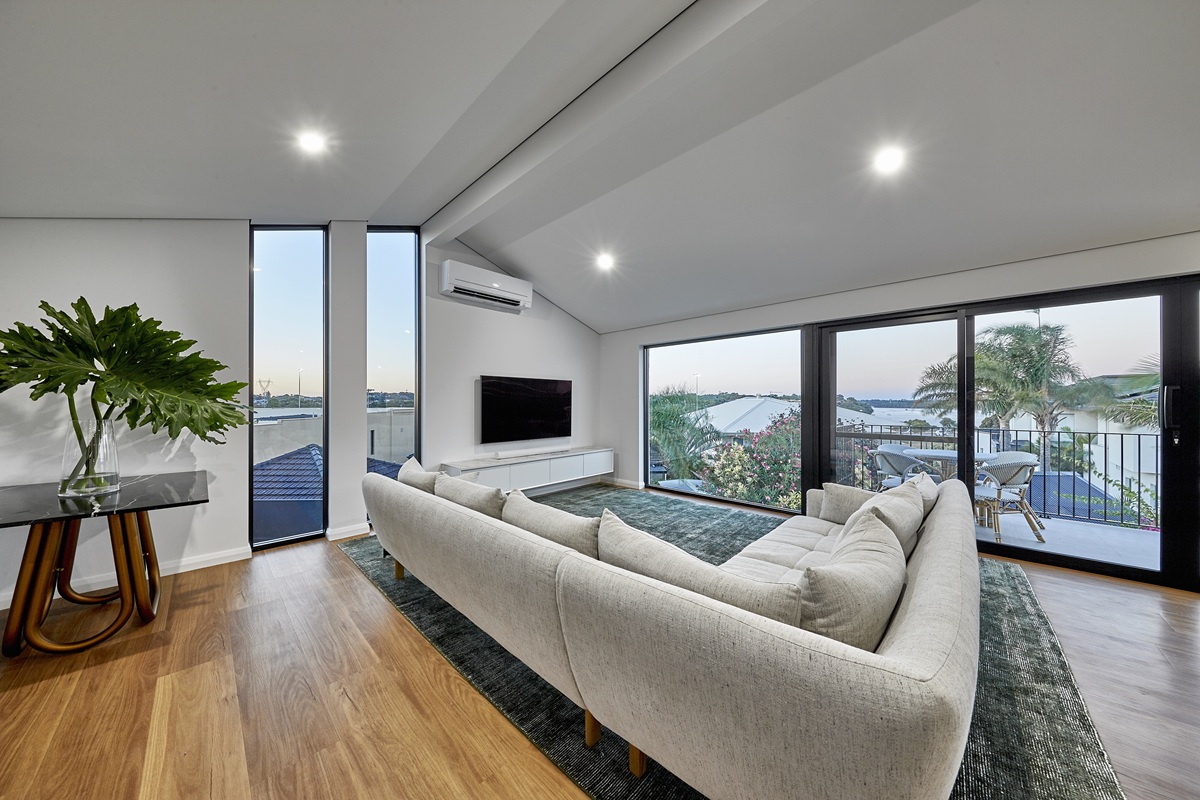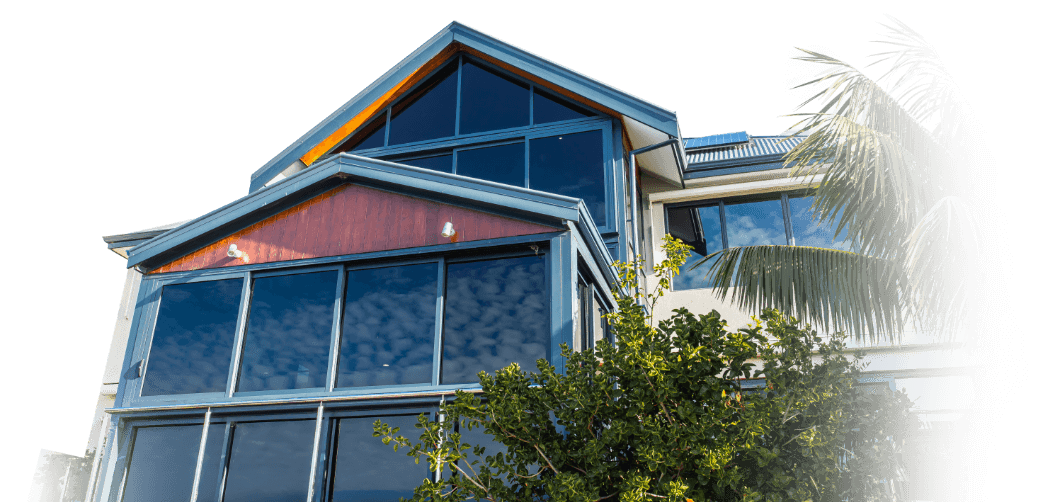
Delving Deeper into Window Energy Ratings
Window energy ratings are a key factor in assessing the thermal performance of windows. They give us a quantifiable measure of how effective a window is in contributing to the energy conservation of a building. The ratings take into account various factors, such as how well the window insulates a room and its ability to block or utilise solar heat.
What Are Window Energy Ratings?
The Window Energy Rating Scheme (WERS) is accredited by the Australian Fenestration Rating Council (AFRC) and adheres to AFRC protocols and procedures for the rating of windows and glazed doors.
The WERS rating is an independent assessment system for windows sold in Australia, also applicable to the National House Energy Rating Scheme (NatHERS), which rates and labels windows and doors for their annual energy impact on a whole house in any Australian Climate. The WERS scheme offers a uniform approach for evaluating the energy performance of windows and glazed doors.
By providing a clear and accessible rating system, WERS helps clarify the science of thermal performance for the average consumer, allowing for informed decision-making when it comes to selecting windows for new construction or renovation projects.
How are Window Energy Ratings Calculated?
The Window Energy Rating Scheme (WERS) uses a combination of physical testing and computer simulation to generate energy ratings for window products.
The U-value is a rating given to tested window products, with a lower number indicating more energy efficiency. Australian U-values are calculated based on the unique climate and environmental conditions in Australia and take into account the entire window.
The WERS ratings are compliant with the National Construction Code (NCC), ensuring that all accredited and tested windows and doors meet all relevant Australian standards. The scheme rates windows, window films, skylights, and glazed doors for their energy performance, based on the solar, thermal and other environmental conditions.
Understanding the WERS Label
Each WERS label presents a set of ratings and values that quantify a window’s energy performance:
Star Ratings: The star ratings are the most immediate indicator of a window’s energy performance, with separate ratings for cooling in the summer and heating in the winter. These ratings range from 0 to 10 stars. The more stars a window has, the better it will perform in keeping your home comfortable during that particular season.
U-Value (Uw): This figure represents the window’s insulation effectiveness. It measures the rate of heat transfer through the window. The lower the U-Value, the better the window is at keeping heat inside during winter and outside during summer.
Solar Heat Gain Coefficient (SHGC): SHGC gauges how much solar radiation (heat) passes through the window. It is a crucial factor for energy efficiency in climates where cooling is a significant part of energy use. A lower SHGC means less solar heat is transmitted, which can help keep a home cooler in the warmer months.
Visible Transmittance (Tvw): This measures the amount of visible light that the window allows to pass through. A higher Tvw means more natural light enters the room, which can impact both the warmth of a room and the need for artificial lighting.
Air Infiltration (AI): This tells you how much air will enter through the window. A lower AI value indicates better performance, meaning fewer drafts and better control over the indoor environment.
Consider the % Improvement: The label might provide a percentage improvement figure, which compares the window’s performance to a base case, typically a window with 3mm clear glass in a standard aluminium frame. A positive percentage indicates an improvement over the base case, while a negative figure means it performs worse.
Window ID: Each window will have a unique Window ID. You can use this ID to look up more detailed information on the WERS website if needed.
The Importance of High WERS Ratings
Understanding the Window Energy Rating Scheme (WERS) ratings is paramount for homeowners, especially when selecting new windows for their homes. A high WERS rating signifies superior energy efficiency. This means the window has undergone rigorous testing and has proven its ability to reduce the energy needed to maintain comfortable indoor temperatures. Windows with higher WERS ratings boast superior insulation properties and effective management of solar heat gain. This leads to a reduced dependence on heating and cooling appliances, which are not only cost-effective but also environmentally friendly.
Tangible Benefits of Energy-Efficient Windows
The most direct benefit of energy-efficient windows is their ability to improve a house’s heat loss and gain balance. This optimization significantly lowers electricity bills. But the advantages extend far beyond mere cost savings:
- Reduced Energy Costs: High WERS-rated windows diminish the need for excessive heating and cooling, leading to lower electricity and gas bills.
- Enhanced Comfort: Such windows contribute to a stable indoor temperature, alleviating the discomfort of hot and cold spots in different areas of the home.
- Environmental Impact: Using less energy for climate control means less greenhouse gas emissions, aligning with global efforts to reduce environmental impact.
- Increased Property Value: Homes with energy-efficient features, including high-rated windows, often attract a higher market value. They are seen as modern, cost-efficient, and environmentally responsible, with a researcher at the Sustainable Buildings Research Centre claiming that buyers across Australia are spending 17% more to get a sustainable home.
- UV Protection: Many windows with high energy ratings also shield interiors from UV radiation, thus protecting furniture and fabrics from sun damage.
- Noise Reduction: Enhanced sound insulation is another perk of energy-rated windows, contributing to a more serene and quiet living space.
- Condensation Reduction: These windows also help in reducing condensation, a common issue that can lead to mold growth and damage to window frames and sills.
WERS: A Commitment to Energy Efficiency
The adoption of WERS-rated windows is a commitment to energy efficiency, comfort, and environmental stewardship. By understanding and utilizing the WERS, homeowners can ensure that their homes are equipped with windows that meet Australia’s energy challenges, providing comfort year-round while conserving energy.
Retrofitting: A Smart Choice for Older Homes
Many Australian homes built before energy efficiency became a priority lack the benefits of modern, energy-rated windows. This is where WA Custom Glass steps in. Retrofitting older windows with energy-efficient glass can drastically improve a home’s thermal performance, reducing energy costs and improving comfort.
WA Custom Glass offers a wide range of energy-rated windows to suit any home. These windows are designed to reduce heat transfer, so they keep the heat in during the winter and out during the summer. They also come with a window energy rating label, which indicates the level of energy efficiency of the window. This means you can make an informed decision when choosing the best window for your home.
The Journey Towards a Greener Home
Choosing the right windows is a significant step towards a more energy-efficient and environmentally friendly home. It’s about more than just saving money; it’s about taking responsibility for our energy consumption and its impact on the world around us.
In Western Australia, the Household Energy Efficiency Scheme is planned to include household energy assessments, tailored education, LED light bulb replacements, and other low-cost energy-efficient items. However, there are currently no grants for energy-efficient windows and similar products available in Perth.
Frequently Asked Questions About Window Energy Ratings
Q: What is the Window Energy Rating Scheme (WERS)?
A: The Window Energy Rating Scheme is a program that provides energy efficiency for windows and glazed doors in Australia. It helps consumers compare the energy performance of different products.
Q: How are windows rated under WERS?
A: Windows are rated based on their thermal performance, including factors such as how well they insulate (U-Value), how much solar heat they allow in (SHGC), and how much air leaks through them (Air Infiltration). They receive a star rating for both heating and cooling efficiency.
Windows are rated based on their thermal performance, including factors such as how well they insulate (U-Value), how much they insulate how much solar heat they allow in (SHGC), and how much air leaks through them
Q: Why are window energy ratings important?
A: Energy ratings are important because they give you an understanding of how well a window will perform in keeping your home comfortable while reducing energy costs and environmental impact. The better the rating, the more energy-efficient the window is.
Q: Can WERS ratings be used for all climates across Australia?
A: Yes, WERS ratings are designed to be relevant for the entire country, accommodating Australia’s diverse climate zones.
Q: How can I find the WERS rating for a specific window?
A: WERS ratings can typically be found on the window’s label or certificate. You can also look up the ratings on the WERS website, where they maintain a database of rated products.
Q: What is a U-value?
A: A U-value measures how well a window prevents heat from escaping a room. It’s a critical factor in determining a window’s insulation properties. The lower the U-value, the better the insulation.
Q: What does the Solar Heat Gain Coefficient (SHGC) mean?
A: SHGC measures how much solar radiation a window lets through. It’s expressed as a number between 0 and 1. The lower the SHGC, the better the window is at blocking unwanted heat gain, which is particularly important during the summer months.
Q: Are higher star ratings always better?
A: Higher star ratings indicate better energy efficiency for heating or cooling. However, the ideal rating for a window depends on your specific needs, climate zone, and whether you’re more concerned with heating or cooling your home.
Q: What is visible transmittance (Tvw)?
A: Visible transmittance refers to the amount of visible light that passes through a window. A higher TVW means more natural light is let in, which can be desirable for reducing the need for artificial lighting.
Q: How does retrofitting with energy-efficient windows impact home value?
A: Retrofitting with high-performance windows can increase a home’s value by improving energy efficiency, reducing energy costs, and enhancing indoor comfort, making the property more attractive to potential buyers.
Q: Does WA Custom Glass provide WERS-rated windows?
A: Yes, WA Custom Glass specialises in providing and retrofitting WERS-rated windows to ensure the best energy efficiency for your home.





